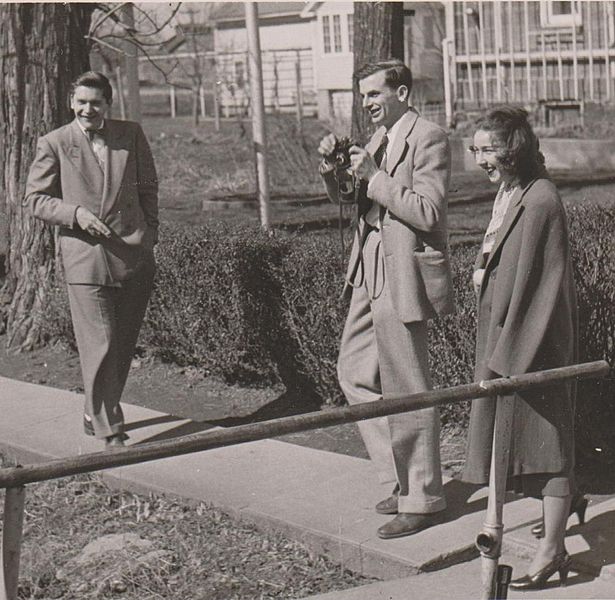'The Barber' is an early short story by the American author Flannery O'Connor. It is one of the six stories included in O'Connor's 1947 master's thesis The Geranium: A Collection of Short Stories and was first published in New Signatures I: A Selection of College Writing Windows active wallpapers for iphone. In 1948.It later appeared in the 1971 collection The Complete Stories. Flannery O'Connor’s Stories Questions and Answers. The Question and Answer section for Flannery O'Connor’s Stories is a great resource to ask questions, find answers, and discuss the novel. Oct 08, 2019 The Barber – Flannery O’Connor I became very interested in Flannery O’Connor’s work this past week, after learning about her peculiar life, and was inspired to read several of her short stories. Salinger, Flannery O'Connor speaks the language of clothes. Flannery O'Connor's writing helped mold the Southern Gothic genre of fiction. First, we are told that Bailey’s face is as yellow as the shirt, and then, as he becomes more scared, we are told that his eyes are “as blue and intense as the parrots.”. Jan 14, 2015 The Barber By:Flannery O'Connor Loss and exile is demonstrated in the story when Rayber realizes he has convinced no one to vote for Darmon, he then feels at a loss because he thought his speech was very good. Also it shows that Rayber thought that his morality would trump.

This story, set for the most part inside of a barber shop, is a tale of an outcast. The outcast is not a criminal, a foreigner, or even someone with a physical deformity; he is just a man that believes in racial equality, while living in a town and region that believes in a racial hierarchy.
Rayber, a college professor, while simply trying to receive a shave, is bombarded by political questions from the barber. He wants to know who Rayber is going to vote for; when the answer isn’t to his liking, he responds by asking if he is “a nigger-lover.” This sets up a debate about beliefs, principles, and race that takes place over the course of three separate visits to the barbershop—each one causing Rayber to become more upset and more sure that he is definitely smarter than his fellow townspeople.
During the week before the third and final visit to barbershop, Rayber spends his time penning a speech to deliver to the men in the shop, hoping that he will be able to convey his reasons for voting for the “nigger-loving” candidate. Ultimately, his speech is met with mockery and derision, and Rayber loses his composure. He punches the barber, and walks out the shop, still wearing the barber’s drape. The end.

The Barber Flannery O'connor Full Text

The Barber Flannery O'connor Summary
Now, while the story is pretty straightforward, I think it is important to mention the significance of Rayber’r role. He is a college professor, an advocate of higher education, but he is also a white man in the South who believes in racial equality, but he does not know how to be a successful activist for the cause. His education, though important, does not give him the gift of moral persuasion, and this is where his shortcomings begin to appear. The audience understands his point, but we are also aware that intelligence is not equivalent to superiority, thus we are able to see that, even though Rayber is true in his belief in racial equality, he is not a believer in human equality. In trying to convince the men that they are not superior to blacks, he instead ends up showing us that he thinks he is superior to those same men, because he is educated. O’Connor demonstrates the shortcomings in all humans, regardless of race or education level, and the character of Rayber is the vehicle she uses in “The Barber.”